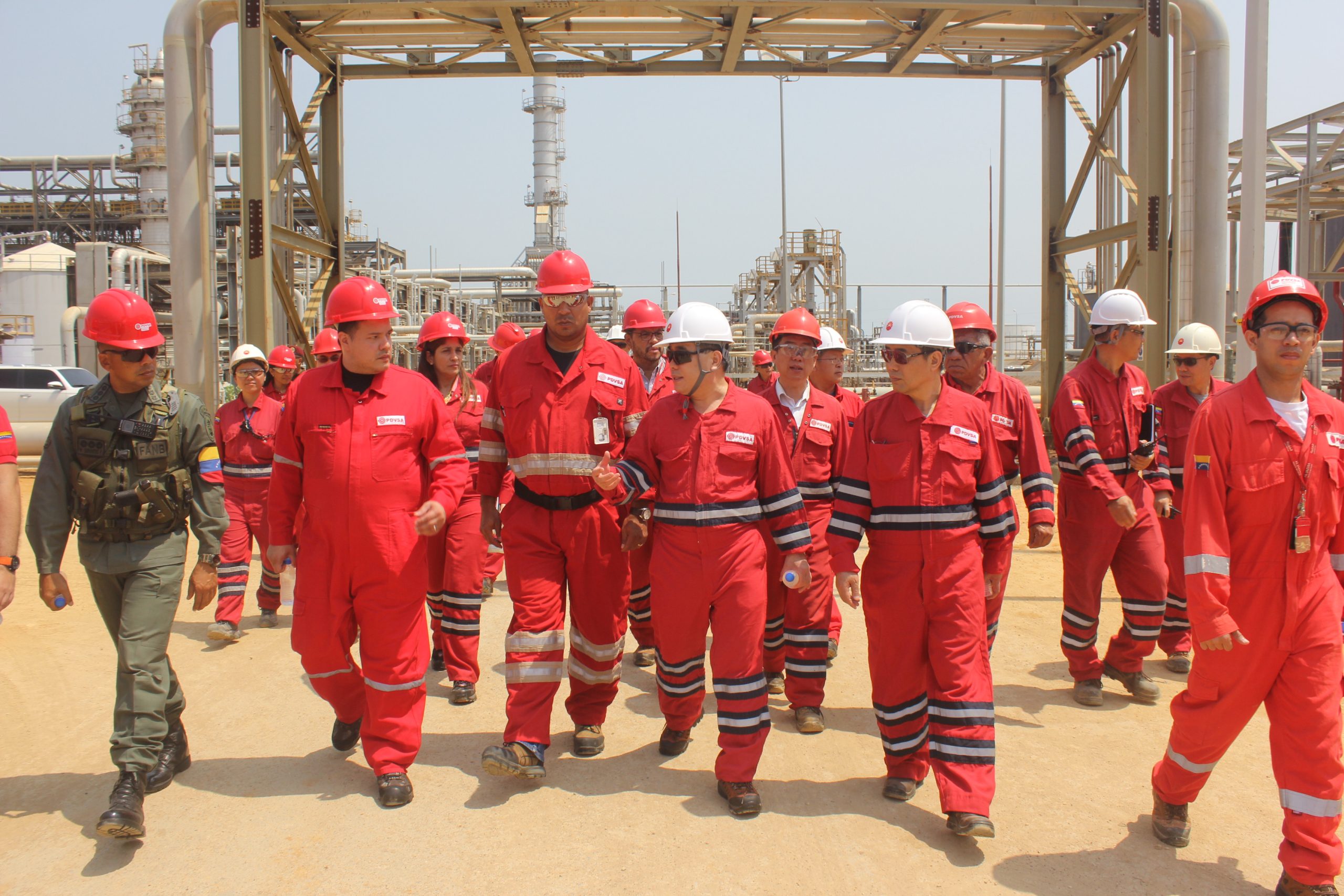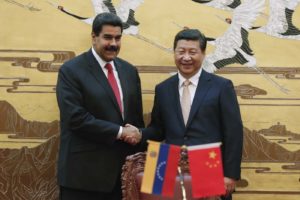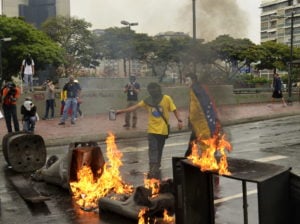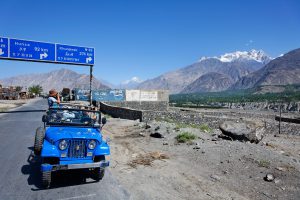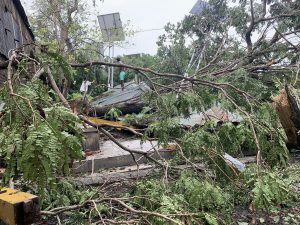In the early morning of 26 April, in the midst of the Covid-19 quarantine, a huge fire broke out at the Morichal Operational Complex, in the heart of the Orinoco Oil Belt, south-eastern Venezuela.
The joint venture company Sinovensa, comprised of Chinese-Venezuelan capital, has been operating there for 13 years.
Several factors caused it to develop into a forest fire “of unimaginable proportions”, as Eudis Girot, Executive Director of the United Oil Workers’ Federation described it. According to half a dozen oil workers speaking to Reuters, the surrounding bushes had not been maintained, the plant’s firefighters were under-resourced, and frequent oil spills in the vicinity had never been cleaned up.
All this is evidence of the decline of one of the most significant investment projects of the Venezuelan government, first under Hugo Chávez and then his successor, Nicolás Maduro, and the expectations placed on the country’s economic relationship with China.
The beginning of the oil dream with China
During the early years of the Chávez government and on his long tours of Europe and Asia in the late 1990s in search of new investors to diversify Venezuela’s trade relations, Chávez promoted Orimulsion, a local technology that allowed ultra-heavy oil to be converted into an ideal fuel for thermoelectric plants at a lower price than coal.
This approach led to the signing of the first oil agreements with China in 1999 and a series of promises of economic growth. On Chávez’s first visit to Beijing a memorandum was signed to create a joint energy committee, an investment protection treaty, the first export credit facility from the China Development Bank and an agreement to build housing units.
Two decades later, many of those projects have not been completed or were never started. The only exception seems to be Sinovensa, considered to be one of the “saviour companies”, which produced some 105,000 barrels of oil a day, in the midst of severely diminished Venezuelan production, which in April barely reached 700,000 barrels a day. In other words, one seventh of the country’s oil production is dependent on Sinovensa.
The saviour epithet comes from the report “Even the Chinese could not cope with Chavism’s (poor) oil management” published on 26 April by the anti-corruption organisation Transparencia Venezuela, which reviews the agreements between China and Venezuela that have ended up shipwrecked in a sea of corruption. For Transparencia, there were only a couple of exceptions: Petroboscán in the state of Zulia – and Sinovensa.
The promise of orimulsion
It all started with the mixing of oil and water. The Venezuelan stated-owned company PVDSA established the company BITOR in 1988 to produce Orimulsion, a technology which consisted of a fuel mixture of 70% oil and 30% water.
Venezuela sold this fuel, obtained from the Orinoco Oil Belt, located north of the mighty river, for use in power plants in Japan, Canada and Italy. Venezuelan engineers and scientists considered the invention to be the jewel in the country’s oil crown.
With the advent of the first agreements signed by Chávez with China, Orifuels Sinoven was founded in 2001, a joint venture between BITOR, the state-owned China National Petroleum Corporation (CNPC), and its subsidiary Petrochina Fuel. The company obtained an area of 11 square kilometres to drill 75 wells that would allow for the extraction of 90,000 barrels of crude oil per day in the Morichal Field. Through a 330-kilometre pipeline, it would reach the José Antonio Anzoátegui Petrochemical Industrial Complex (José) in eastern Venezuela, for transportation to China.
The second José Orimulsion Plant module began construction in 2003 with the intention of producing 125,000 barrels of fuel per day, obtained by adding water to the 90,000 barrels of crude. In this way, China was guaranteed the totality of Orimulsion for its electricity generation, while Venezuela would bring in an income of $2.2 billion in the first 20 years of the concession.
In 2006, Orimulsion was abandoned in Venezuela because it was “bad business”, as was announced by then Energy and Petroleum Minister Rafael Ramírez. The official argument was that mixing extra heavy crude oil with lighter ones had a higher market value than investing in Orimulsion. The announcement was made after it was leaked that the technology had been sold to China, which would continue to pay royalties for its use.
Faced with the failure, the Chinese state-owned CNPC agreed to partner with the Venezuelan Petroleum Corporation (CVP) to form a new company called Petrolera SinoVenezolana (Sinovensa), in which Venezuelans retained 64.25% of the shares.
Thanks to a couple of presidential decrees, Sinovensa was able to continue exploiting the assigned oil wells and decided to invest in a plant to improve this extra heavy crude oil, increasing the quality by reducing its viscosity and acidity. This improved crude facilitates the production of gasoline and diesel oil, making it easier to transport through pipes and producing less corrosion in the refineries. The crude mixture produced at Merey 16 in the Oil Belt, is in great demand in Asian refineries.
That deal did not end well either. Since September 2019, Venezuela has not sent the 350,000 barrels of crude oil per day that it promised, to pay the US$50 billion dollars in debt. The Orinoco Oil Belt has four paralysed improvers and fire threatens to put the last one out of service.
That wasn’t the only effect. To avoid the sanctions established by the U.S. Office of Foreign Assets Control (OFAC) against the Venezuelan government, since September 2019, the CNPC has halted its production in the country. This included both Sinovensa’s operations and those of its engineering subsidiary, the Huanqiu Contracting and Engineering Corporation (HCG), which also charged Sinovensa for the non-payment of over $50 million.

Tremendous debt
In 2013, the China Development Bank (CDB) committed to send 4 billion dollars at a variable rate between 1% and 8.5%, plus a fixed rate of 5.8%, for the expansion of the José crude oil improvement plant operated by Sinovensa, with the aim of moving daily production from 105,000 to 230,000 barrels per day. The works would be carried out by Huanqiu Contracting & Engineering Corporation (HCQ).
According to PDVSA’s 2016 Debt Report, the most recent available on its website (which has also not re-published its financial statements or economic statistics), the Venezuelan state-owned oil company received $699 million in 2015 and another $1.3 million in 2016 for Sinovensa, loans that it should finish repaying by 2023.
At the end of 2018, PDVSA agreed to reduce its stake in Sinovensa from 64.25% to 54.35% to honour part of the financing. The amount of the transaction is unknown. Then Vice President Delcy Rodríguez travelled to Beijing for the XVI Meeting of the China-Venezuela High Level Joint Commission, to request that a new loan of $5 billion be accelerated. The President of the Chinese state-owned company worldwide, Zhang Jianjua, flew to Caracas a week later to conclude the sale of 9.9% of the shares.
Incredibly, both Rodríguez and the President of PDVSA, General Manuel Quevedo, said that Venezuela’s oil supply to China was guaranteed because Sinovensa had “increased its production” from 70,000 to 110,000 barrels per day. They neglected to say that the aim of the project a decade earlier had been to increase production to 230,000 barrels.
Zhang and General Quevedo inspected the progress of the crude oil upgrading plant and started up some of the machinery. “This is a scenario worthy of the cooperation between China and Venezuela, which promotes the agreements signed in the Asian country for the benefit of our peoples”, said Zhang. Sinovensa’s President, Alberto Bockh, added that the work “marks a milestone in the expansion system to increase production and reliability”.
The purpose was to increase total oil exports to China to 1 million barrels per day by increasing Sinovensa’s production to the promised 165,000 barrels.
But neither this inspection, nor the visits by CNPC America’s president and vice president in April and July 2019 succeeded in raising production or accelerating the expansion works to which so much money had been allocated.
Corruption and jail
A month after the last visit of the Chinese Board, Sinovensa’s President, Alberto Bockh, was arrested by the Military Counter-Intelligence Directorate along with several managers. They were charged with crimes of embezzlement, the conspiring of officials with contractors, falsifying bidding procedures or making false allegations and conspiring to divert funds and falsify contracts in the Orinoco Oil Belt.
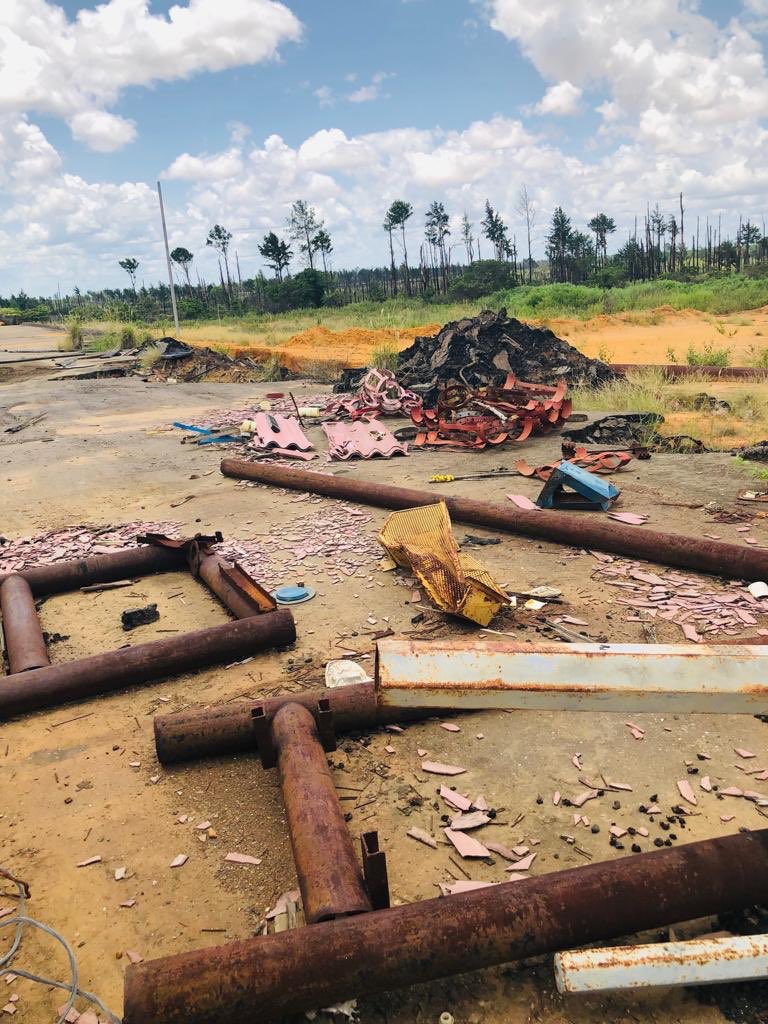
According to Transparencia Venezuela’s report, of the $25 billion lent by China for joint projects, $15 billion had been diverted, often to finance the import of CLAP (Local Committees for Supply and Production) bags. The fact is that these resources ended up going to the government programme of delivering subsidised food to the neediest Venezuelan families, which has also been a source of corruption schemes, as reflected in the 27 reports from the investigative journalism media ArmandoInfo. This would have led to mistrust by the Chinese and their direct supervision of the projects.
In April 2019, Bockh had met with Chen Jintao, founder of Orifuel Sinoven and executive vice president for the Americas at the CNPC. The Venezuelan executive admitted during a joint inspection that thefts had caused the delay in production but that, thanks to new vigilance on the part of the Venezuelan Army, these instances had lessened.
The unionists’ complaints revealed a different reality: not only were the thefts continuing, but they were also being perpetrated by the military. This was denounced by Iván Freites, General Secretary of the Oil and Gas Workers’ Union, who explained that most of the workers had resigned. “They don’t even have drinking water; there is no food in the dining rooms; they don’t have transportation; they leave their homes and leave their families without food”, he told the newspaper El Nacional. Photographs accompanying the article showed the deplorable state of machinery, equipment and facilities.
The effects of the raging fire
On 27 April, according to trade unionist Eudis Girot, a spark of welding material fell on the uncut bush around the Morichal Complex, and a huge fire erupted, forcing the workers to evacuate.
According to the trade unionist, the flames destroyed four kilometres of pipelines and several storage tanks, causing widespread electrical failure and paralysing the transport of crude oil from the Orinoco Oil Belt. Not only did the oil wells stop their activity, but also the plants where the crude is separated from the sand and salt.
The tanks, unable to pump the extracted crude to the plant, overflowed for four days, a serious incident that Girot describes as common. The lack of investment and maintenance, as well as pressure from managers to produce oil, have led to frequent spills, he said. The whole episode, he warned, endangered a significant part of the country‘s oil production by putting Sinovensa, responsible for some 70,000 barrels a day, out of service.
On 4 May, Reuters news agency not only corroborated the different forest fires that affected the Chevron, Repsol and Sinovensa oil wells, but also stated that national production is continuing to fall after these incidents.
Neither the governments of Venezuela nor of China have said a word about the crisis that is buffeting their most ambitious joint project.
